14 Antique Tools and Machines That Have Become Collector’s Items
Antique tools and machinery tell stories of a time when craftsmanship was highly valued. Many of these items are difficult to find today because of their rarity and unique designs. Collectors and enthusiasts often search for these pieces to add to their collections. Finding hard-to-get tools can bring a sense of history and pride. Exploring these rare antiques reveals the skill and innovation of past generations.
This post may contain affiliate links, which helps keep this content free. Please read our disclosure for more info.
Singer Treadle Sewing Machine
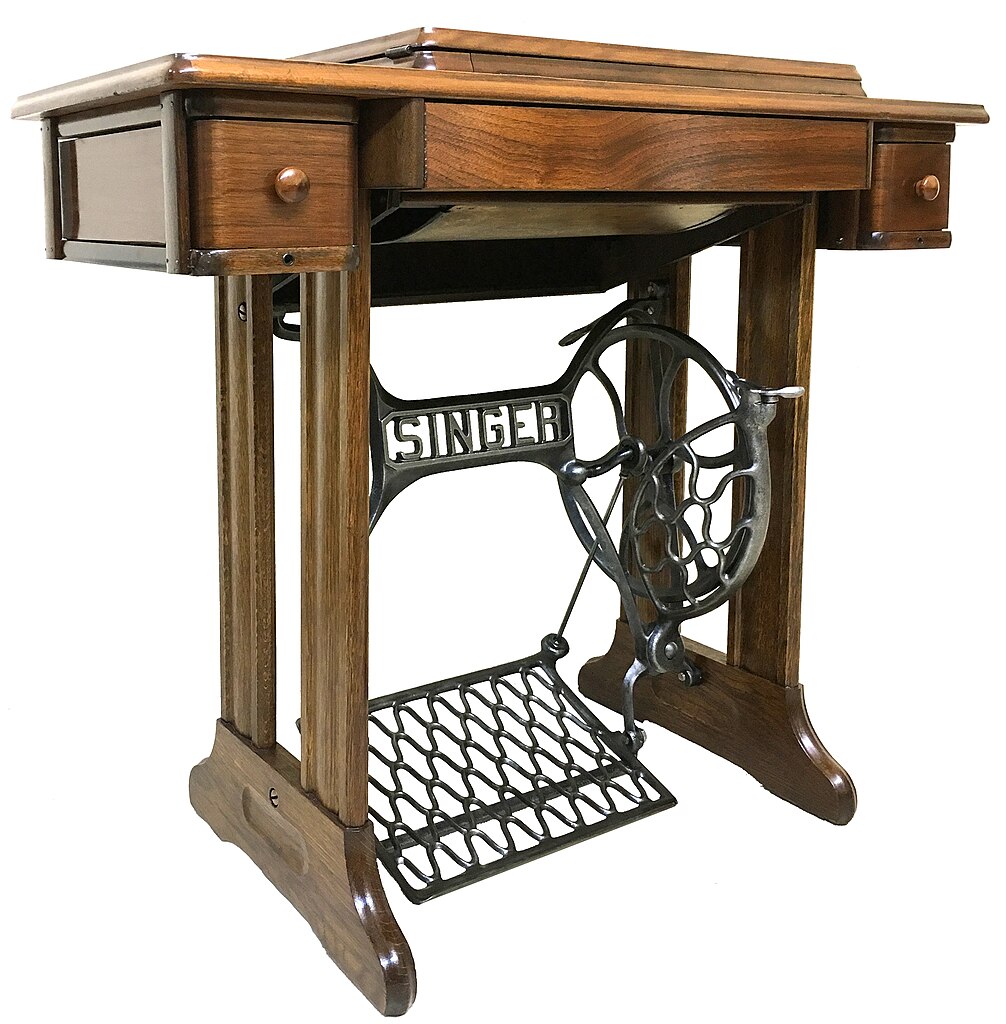
The Singer treadle machine was first produced in the late 1800s and became a household essential. It allowed sewing without electricity, making it vital for many families. Many treadle machines were discarded or lost, making original models difficult to find today. Depending on condition and model, prices range from $200 to $1,200.
These machines are admired for their mechanical reliability and elegant design. They were used for garment making and household sewing tasks. Restored versions are popular with collectors and decorators. The Singer treadle is a symbol of industrial-era innovation.
Hand-Cranked Meat Grinder
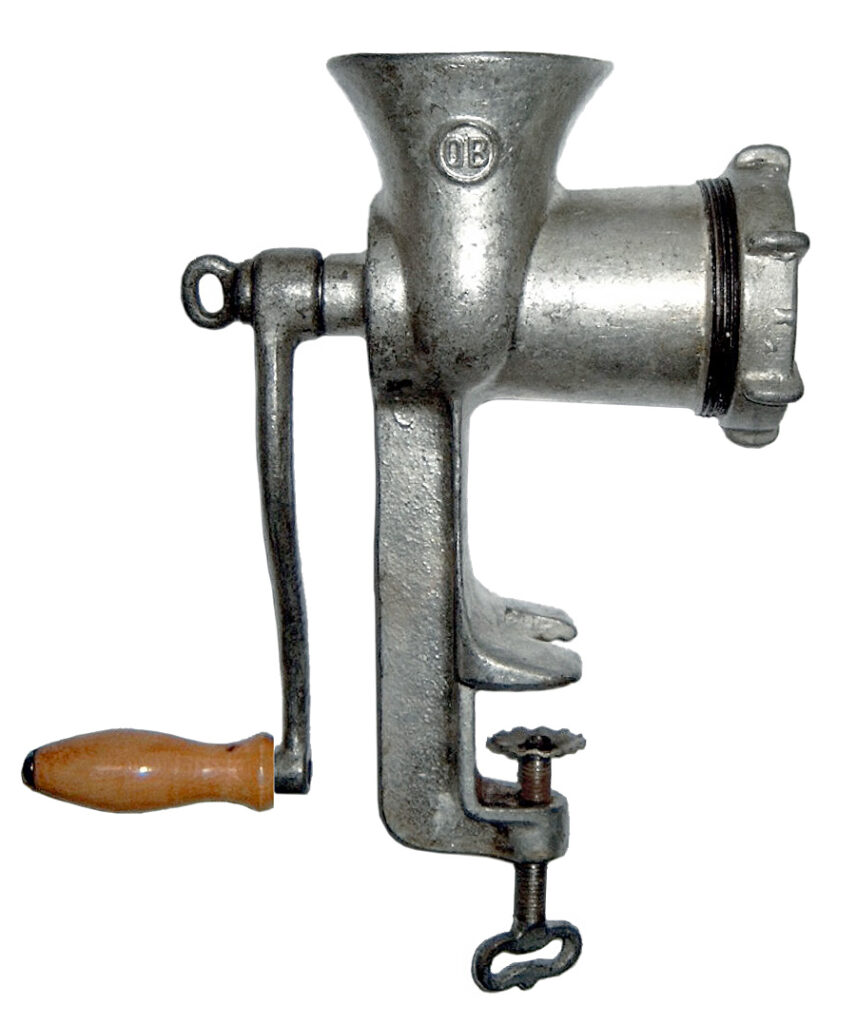
First popular in the late 1800s, hand-cranked meat grinders allowed families to process meat at home. Early models made of cast iron and wood are scarce because many were replaced by electric versions. Well-maintained antique grinders often sell between $100 and $400.
These grinders were important for food preparation before modern appliances. They are valued for their sturdy construction and craftsmanship. Some collectors restore them for display or use. The hand crank design reflects practical ingenuity of the past.
Antique Printing Press
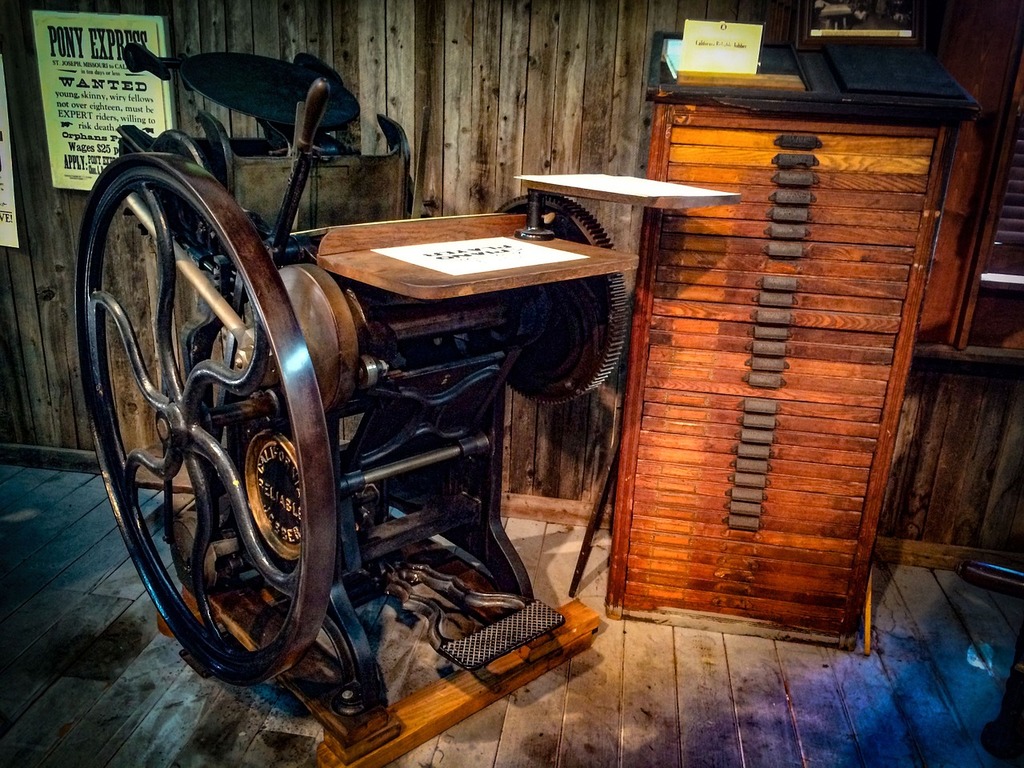
Printing presses from the 1800s are sought after for their role in communication history. Early hand-operated models are rare because many were replaced by newer equipment. Well-preserved presses sell from $1,000 to $5,000 or more depending on size and condition.
These machines were used for newspapers, books, and pamphlets. Collectors prize them for their mechanical complexity and historical importance. They offer a glimpse into how information was once reproduced. Restored presses can be both decorative and functional.
Vintage Blacksmith’s Anvil

Anvils made in the 1800s are difficult to find in good condition due to heavy use and neglect. They served as sturdy work surfaces for shaping metal. Some early anvils were marked by famous manufacturers, adding to their rarity. Prices for quality antique anvils can range from $300 to $2,500.
These anvils were central to blacksmithing shops for centuries. Their weight and durability allowed them to last but wear is common. Collectors value those with maker marks and minimal damage. Anvils connect us to a long tradition of metalworking craft.
Early Hand-Pumped Fire Engine
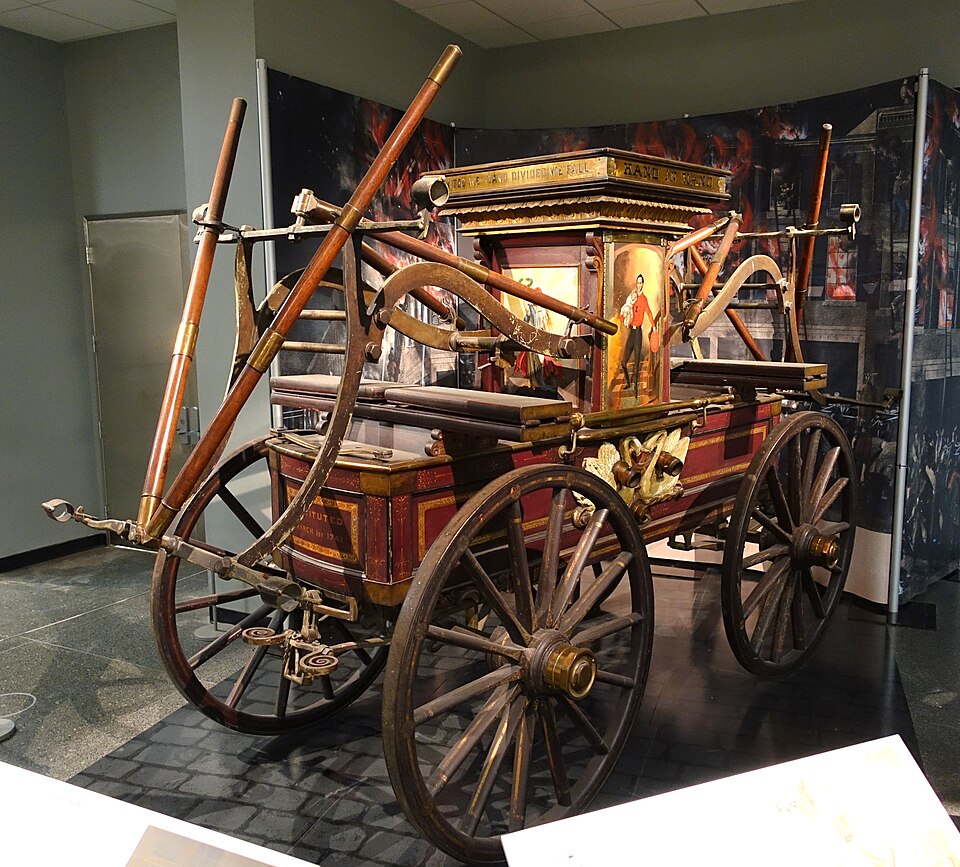
Hand-pumped fire engines from the 1800s are rare finds due to their size and limited production. These machines required teams to operate pumps manually for firefighting. Because they were often scrapped or replaced, surviving models are valuable. Values can exceed $10,000 depending on condition.
They represent early advances in community safety and firefighting technology. Museums and collectors prize these engines for their craftsmanship and historical role. Restored fire engines are often featured in parades or exhibits. They highlight the evolution of emergency equipment.
Antique Grain Thresher

Grain threshers from the late 19th and early 20th centuries are scarce due to their large size and obsolescence. These machines separated grain from stalks mechanically. Few remain intact, especially those made before mechanized combines. Market prices vary widely but often start at $2,000.
Threshers were important in increasing agricultural efficiency. Collectors of farm machinery seek well-preserved or restored models. Many are displayed in agricultural museums or private collections. They tell the story of rural industrial progress.
Old-Fashioned Butter Churn
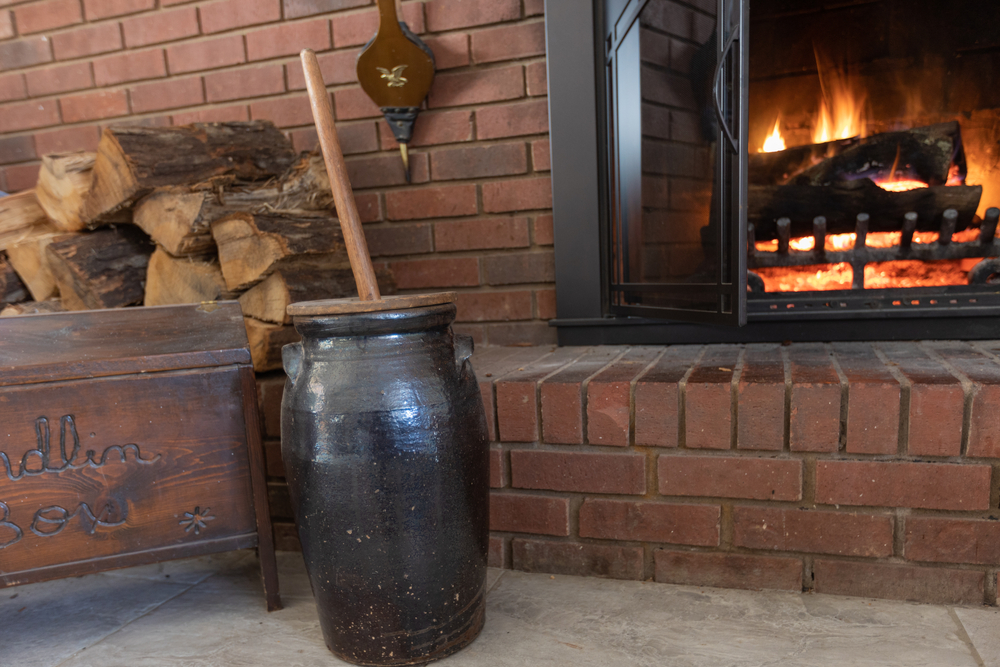
Butter churns from the 1800s used hand-operated paddles or plungers to turn cream into butter. Many were made from wood or metal and are difficult to find intact today. Well-maintained churns often sell for $100 to $400 depending on style.
These tools were essential for home food preparation before modern refrigeration. Collectors appreciate their rustic charm and craftsmanship. Some are still functional and used for demonstrations. They connect us to traditional food-making practices.
Antique Carpenter’s Brace and Bit

The brace and bit, common since the 1800s, was used to drill holes manually. These tools are hard to find in working order because parts often wore out or were lost. Quality antique braces can sell from $100 to $500 depending on maker and condition.
They represent pre-electric hand tool technology important in woodworking. Many collectors look for original handles and bits. The tool’s design shows practical engineering for the time. Braces remain popular among vintage tool enthusiasts.
Early Electric Generator
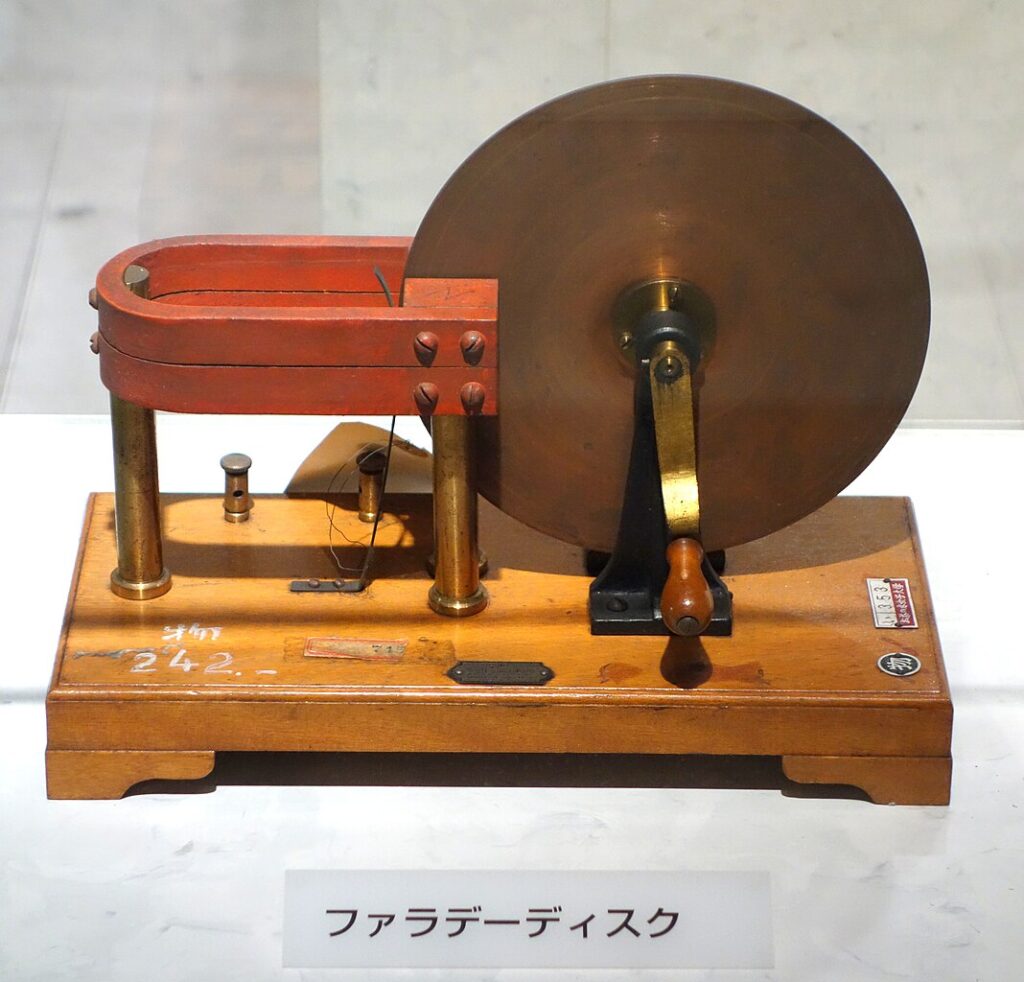
Electric generators from the late 1800s and early 1900s are rare due to limited production and replacement by modern machines. These units converted mechanical energy into electricity. Collectors value them for their role in early electrification. Prices vary but often exceed $2,000.
They played a vital role in bringing power to homes and businesses. Restored generators are prized by industrial history fans. Their size and mechanical parts make them challenging to preserve. They stand as milestones in energy technology.
Antique Hand-Powered Drill
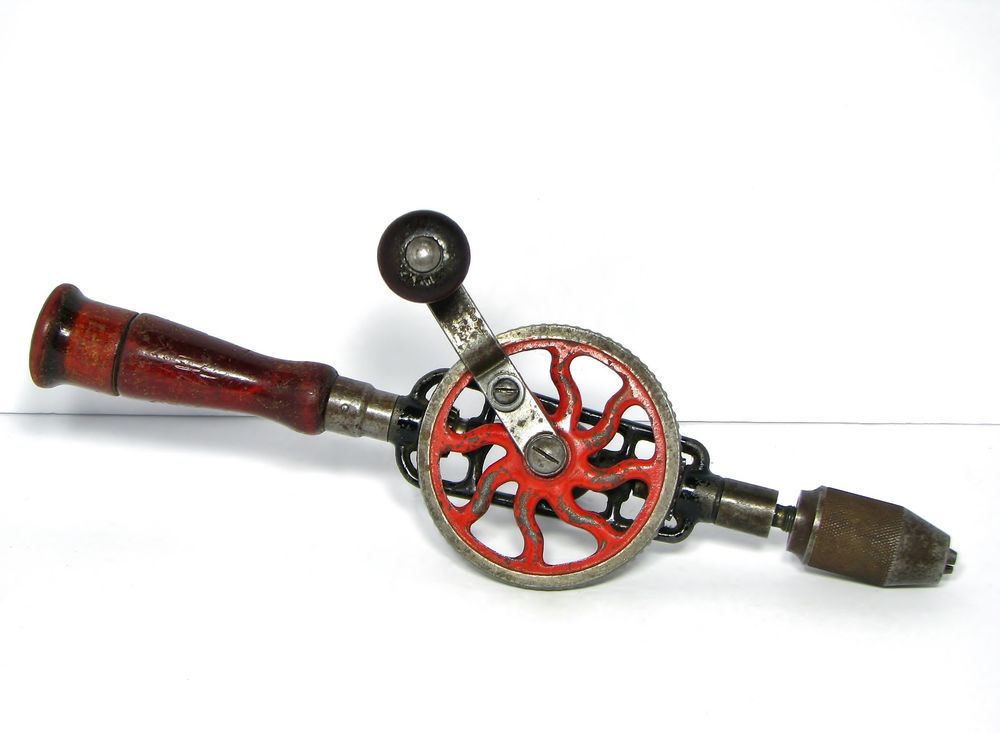
Hand-powered drills date back to the 19th century and were used before electric models. Many were lost or damaged, making original ones difficult to find. Values generally range from $50 to $300 based on condition and maker.
These drills were essential for woodworking and metalworking. Collectors enjoy their simplicity and mechanical design. Many have unique features or markings that add interest. They illustrate the evolution of handheld tools.
Cast Iron Planer
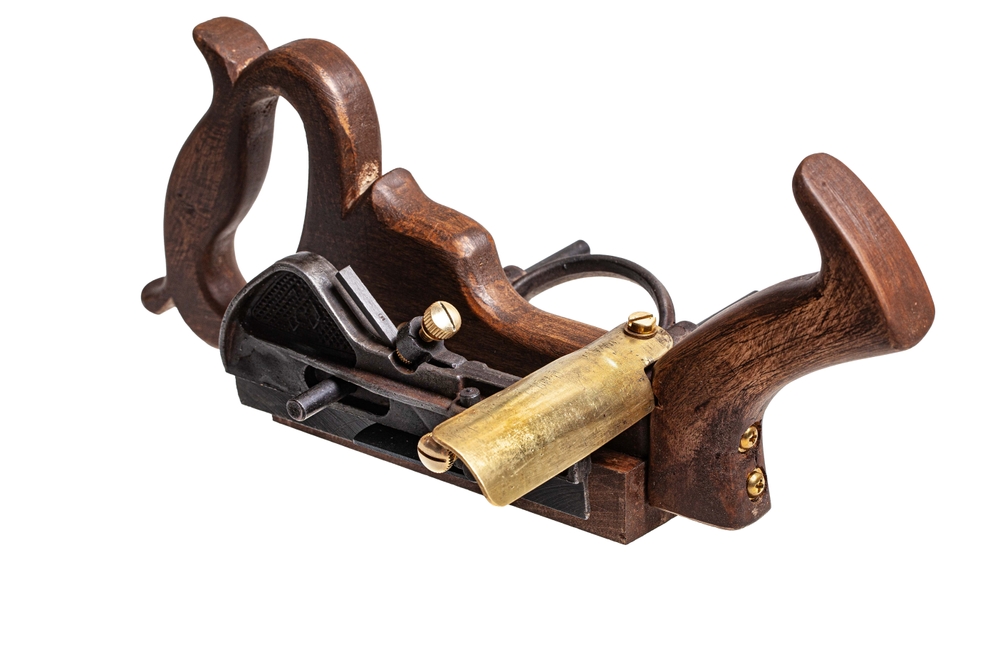
Cast iron planers from the early 20th century were used for smoothing wood surfaces by hand or with power. Many were scrapped or replaced, making surviving models uncommon. Well-maintained planers can sell for $1,000 or more.
These planers were key in woodworking shops for creating flat boards. Collectors value their heavy build and mechanical features. Restored planers sometimes function in demonstrations or workshops. They show craftsmanship before modern electric tools.
Early Cast Iron Coffee Grinder

Cast iron coffee grinders became common in the late 19th century for grinding beans by hand. Many were discarded or broken over time, making originals hard to find. Prices usually range from $100 to $500 depending on condition.
Collectors enjoy their decorative designs and functional history. Restored grinders can still be used or displayed as antiques. Their craftsmanship reflects daily life from earlier times. Coffee grinders remain popular collector items.
Vintage Rope-Making Machine
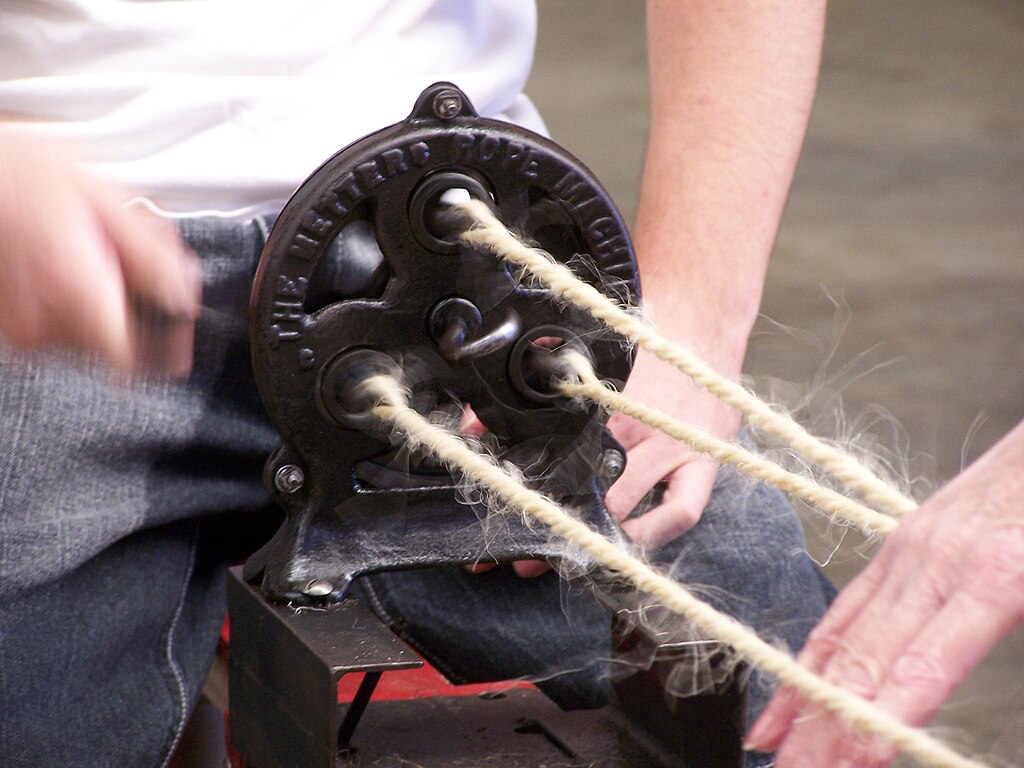
Rope-making machines from the 19th century are rare due to size and limited production. They twisted fibers into rope used in shipping and farming. Collectors prize surviving machines for their mechanical ingenuity. Prices often exceed $3,000 depending on condition.
These machines contributed to essential industries and daily life. Restored versions can be operational or decorative. They reveal industrial techniques before modern manufacturing. Their rarity makes them prized by collectors.
Antique Glass Cutter
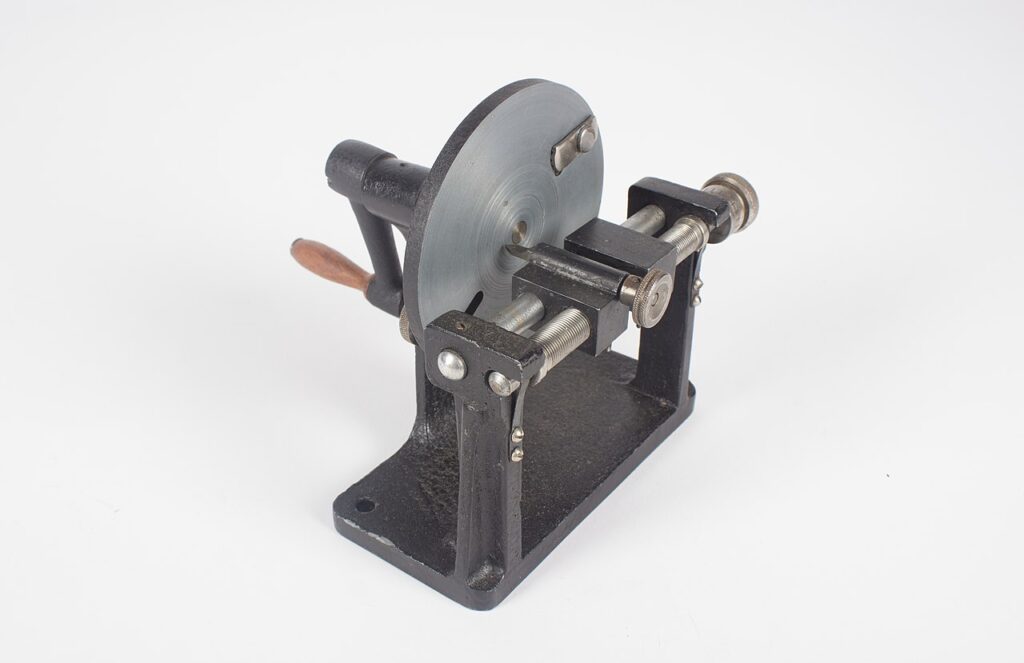
Glass cutters from the early 1900s are hard to find intact, especially those made with specialized wheels or mechanisms. They were essential for cutting window glass and mirrors by hand. Values for antique cutters usually range between $50 and $300.
Collectors look for unique designs and maker markings. Some cutters are prized for their craftsmanship and rarity. They represent a delicate and precise trade tool. These items connect us to early glassworking methods.
Hard-to-find antique tools and machinery offer a unique glimpse into the past and the skills of earlier generations. Collecting these items is rewarding for both history lovers and practical craftsmen. Understanding their value and purpose helps preserve important pieces of craftsmanship. Exploring these rare finds connects us to the legacy of traditional trades and innovation.
This article originally appeared on Avocadu.
